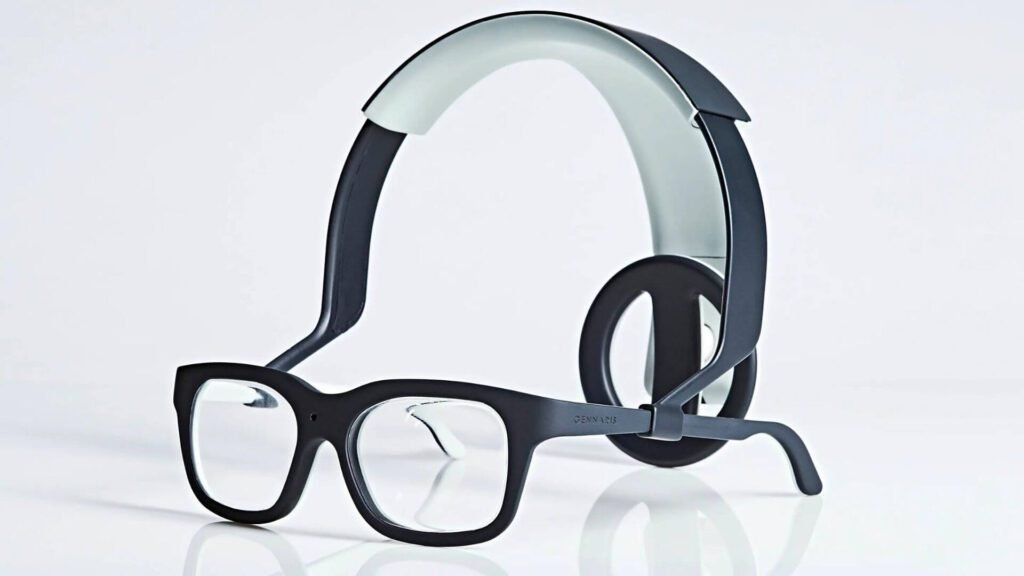Technological progress has amazingly resulted in the creation of solutions for a wide range of issues, the most notable of which is the treatment of blindness. Scientists from Australia’s Monash University created the world’s first prosthetic eye, the Gennaris Bionic Vision System. This remarkable accomplishment brings new optimism to millions of visually impaired people. This innovation may also revolutionize how we treat diseases that were once considered incurable.
Much research and development was carried out over ten years to produce the Gennaris system. It delivers impulses directly to the brain’s vision area, allowing it to circumvent injured optic nerves, which are generally responsible for transporting visual information from the eyes to the brain. Using this process, individuals can see sights differently. After achieving positive animal testing results, researchers are ready to conduct their first clinical trials on humans in Melbourne. Earlier research on sheep demonstrated that researchers could successfully implant the technology into the brain with minimal adverse effects, paving the way for human trials.
The essential component of this technique is a wireless implant capable of providing the brain with predetermined electrical stimulation. Researchers can install up to eleven thumbnail-sized implants on the brain’s surface to stimulate neurons with tiny electrical pulses. When they position these implants correctly in the visual cortex, the electrical pulses convert into visual information, enabling patients to recognize basic shapes and contours for tasks such as navigation.
The Gennaris system includes a tiny camera worn on specially designed headgear. This camera captures high-resolution images, which a vision processor unit analyzes to extract essential features. After processing, the analyzed signals are wirelessly transmitted to implanted devices called tiles, located in the brain’s primary visual cortex. Each tile contains its circuitry, wireless receiver, and 43 microelectrodes that stimulate neurons in the visual cortex.
The Gennaris system’s ability to accurately imitate the natural anatomy of the eye distinctly sets it apart from similar systems. In contrast, previous attempts at bionic eyes faced significant difficulties in effectively reproducing the retina’s concave curvature. This curvature is essential for achieving a broad field of vision for users; otherwise, the visual experience remains limited for individuals. Fortunately, Gennaris technology can overcome these obstacles, providing a more natural visual experience. Currently, the system offers a 100-degree field of view, which is slightly less than the human eye’s 130-degree range.
Even though it only has a 70-degree field of vision, the Gennaris Bionic Vision System is an improvement. On top of that, responsive nanowires have drastically cut down on picture processing times. This advancement has led to an overall improvement in the system’s performance and functionality.












